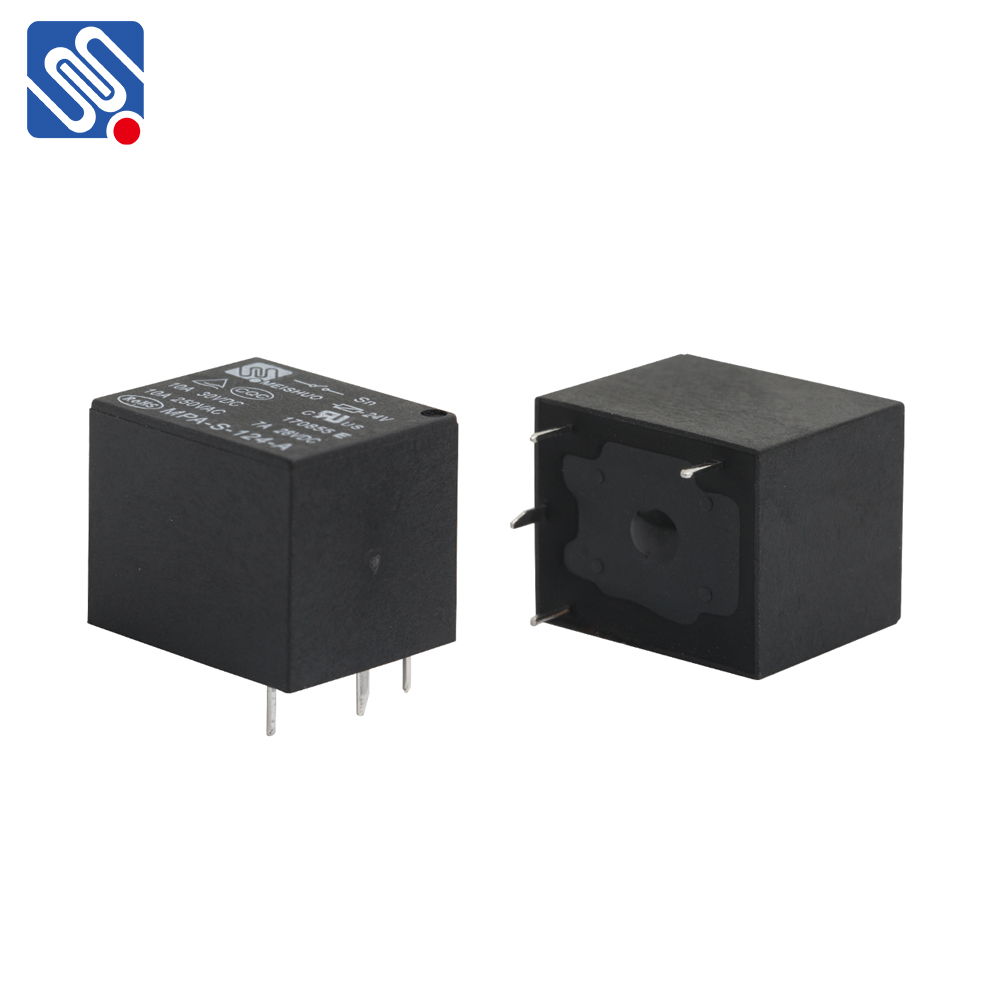Relay circuits are an essential component in electronic systems, particularly in automation, control systems, and protection circuits. A relay is an electrically operated switch that allows a low voltage or low current signal to control higher voltage or higher current devices. Relay circuit design plays a vital role in ensuring reliable and efficient operation in various applications such as home automation, industrial control, and automotive systems. In this article, we will explore the key concepts and practical considerations involved in relay circuit design.

What is a Relay? A relay is an electromagnetic switch that opens and closes a set of contacts when an electric current passes through its coil. The basic mechanism of a relay involves an electromagnet, a set of contacts, and a spring. When current flows through the coil, it generates a magnetic field that pulls the armature, which in turn moves the contacts, either opening or closing the circuit. Relays come in various types, including Single Pole Single Throw (SPST), Single Pole Double Throw (SPDT), Double Pole Single Throw (DPST), and Double Pole Double Throw (DPDT), depending on the number of contacts and their configuration. These different types allow for diverse switching configurations to meet specific design requirements.
Leave a Reply
You must be logged in to post a comment.